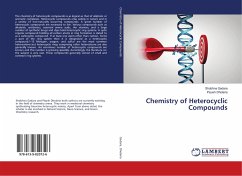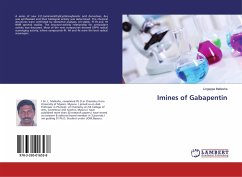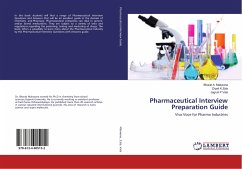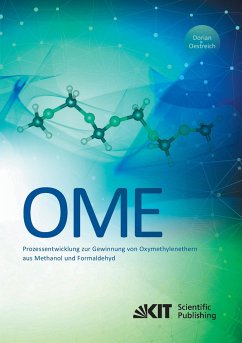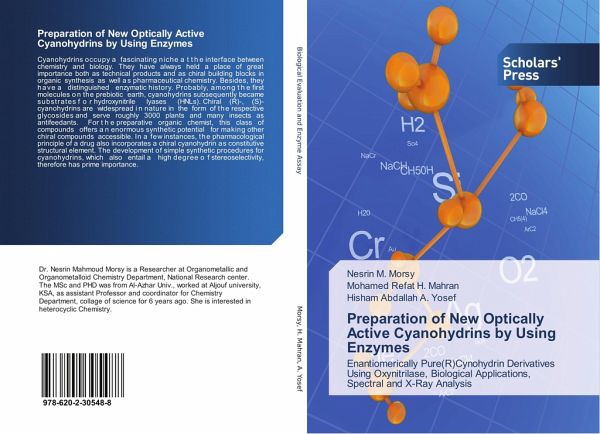
Preparation of New Optically Active Cyanohydrins by Using Enzymes
Enantiomerically Pure(R)Cynohydrin Derivatives Using Oxynitrilase, Biological Applications, Spectral and X-Ray Analysis
Versandkostenfrei!
Versandfertig in 6-10 Tagen
40,99 €
inkl. MwSt.

PAYBACK Punkte
20 °P sammeln!
Cyanohydrins occupy a fascinating niche at the interface between chemistry and biology. They have always held a place of great importance both as technical products and as chiral building blocks in organic synthesis as well as pharmaceutical chemistry. Besides, they have a distinguished enzymatic history. Probably, among the first molecules on the prebiotic earth, cyanohydrins subsequently became substrates for hydroxynitrile lyases (HNLs). Chiral (R)-, (S)-cyanohydrins are widespread in nature in the form of the respective glycosides and serve roughly 3000 plants and many insects as antifeeda...
Cyanohydrins occupy a fascinating niche at the interface between chemistry and biology. They have always held a place of great importance both as technical products and as chiral building blocks in organic synthesis as well as pharmaceutical chemistry. Besides, they have a distinguished enzymatic history. Probably, among the first molecules on the prebiotic earth, cyanohydrins subsequently became substrates for hydroxynitrile lyases (HNLs). Chiral (R)-, (S)-cyanohydrins are widespread in nature in the form of the respective glycosides and serve roughly 3000 plants and many insects as antifeedants. For the preparative organic chemist, this class of compounds offers an enormous synthetic potential for making other chiral compounds accessible. In a few instances, the pharmacological principle of a drug also incorporates a chiral cyanohydrin as constitutive structural element. The development of simple synthetic procedures for cyanohydrins, which also entail a high degree of stereoselectivity, therefore has prime importance.




